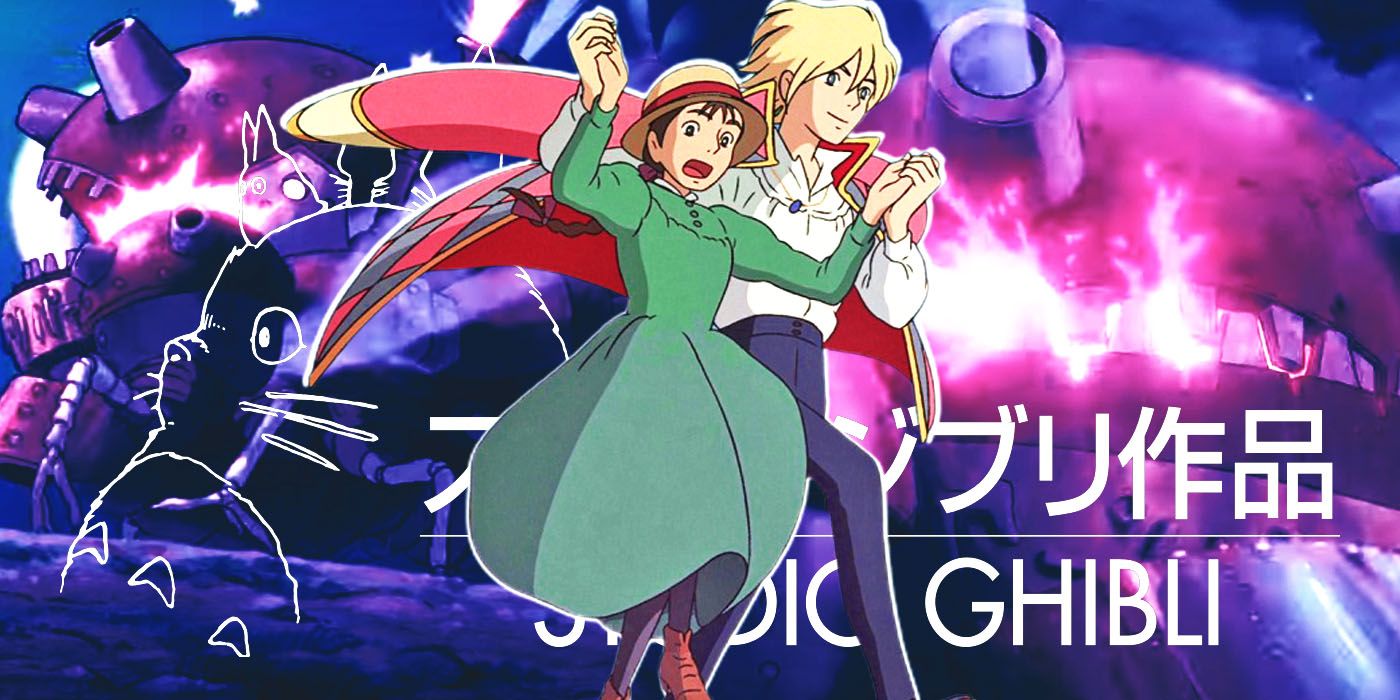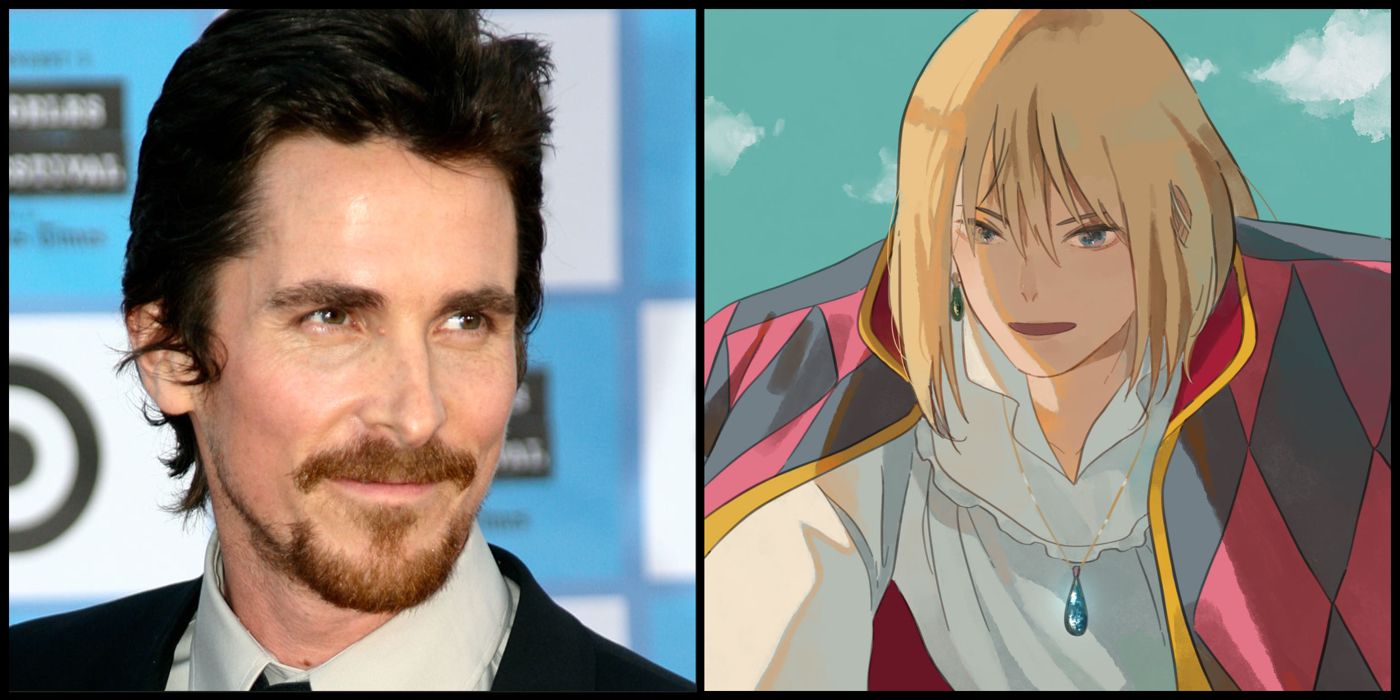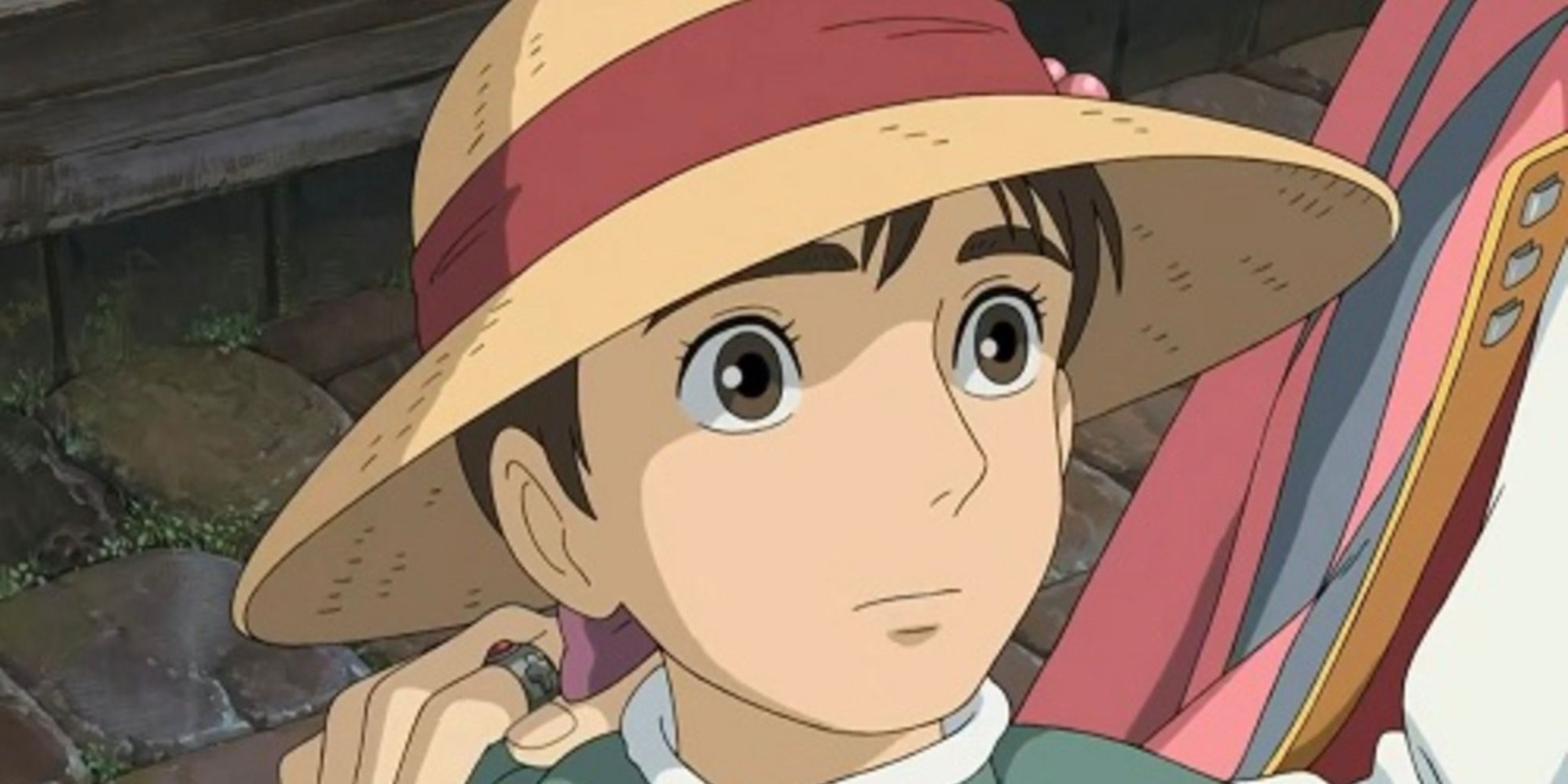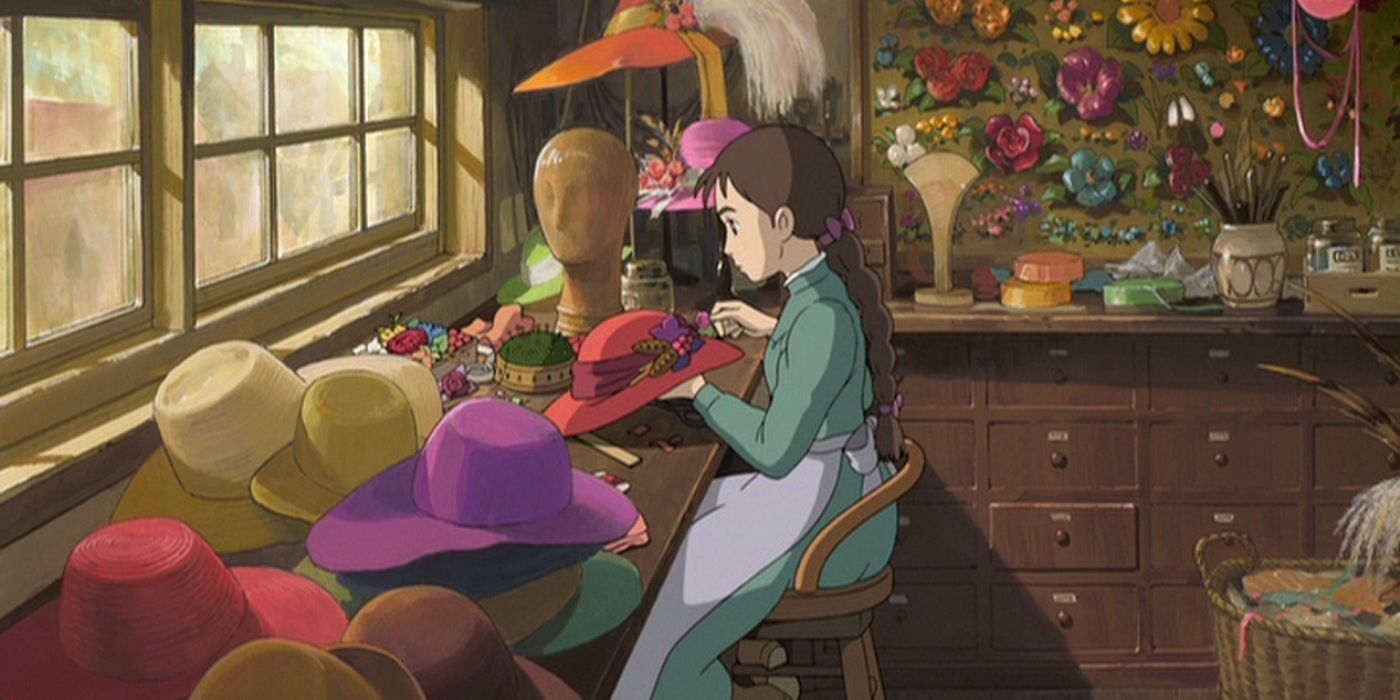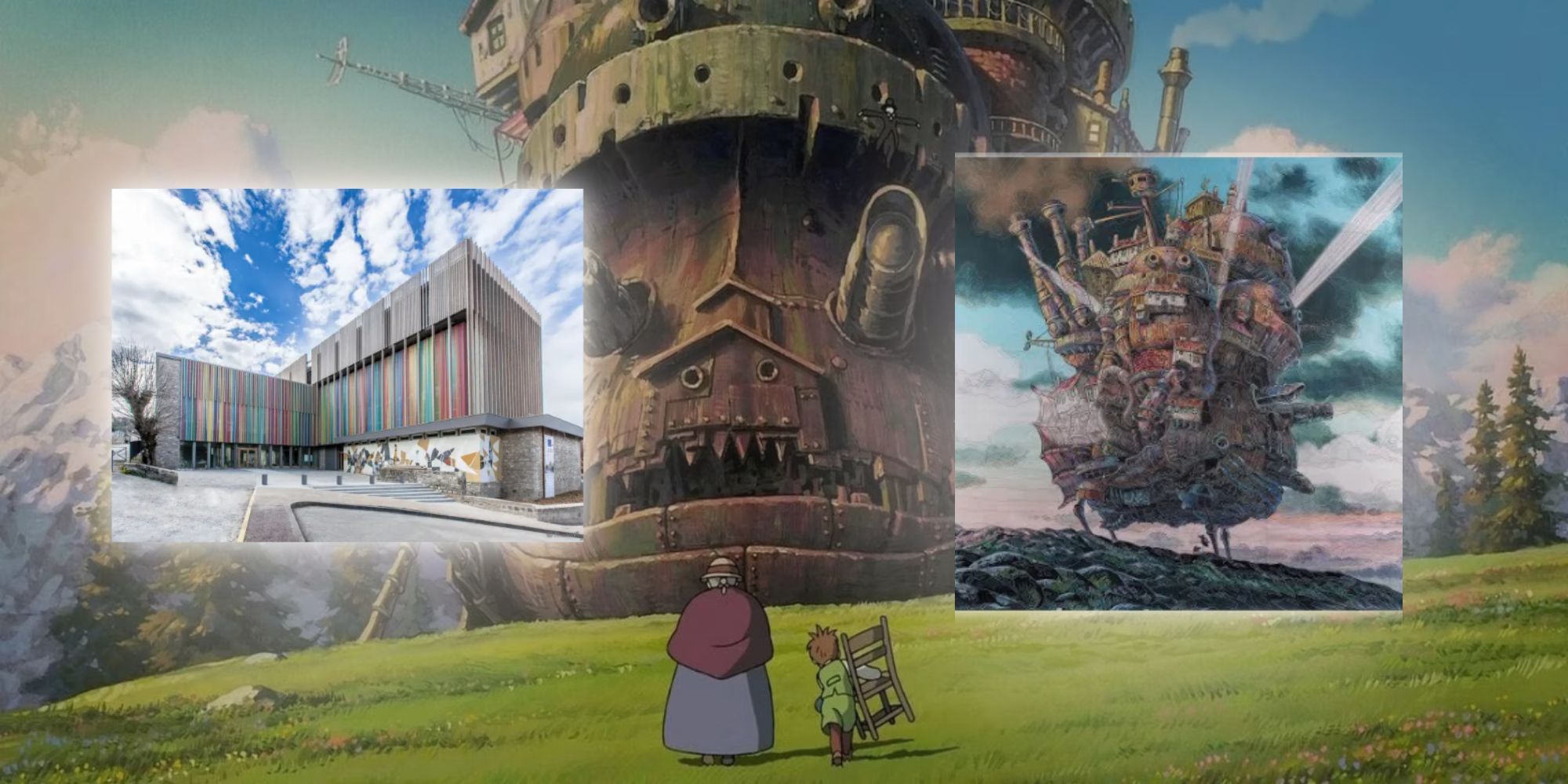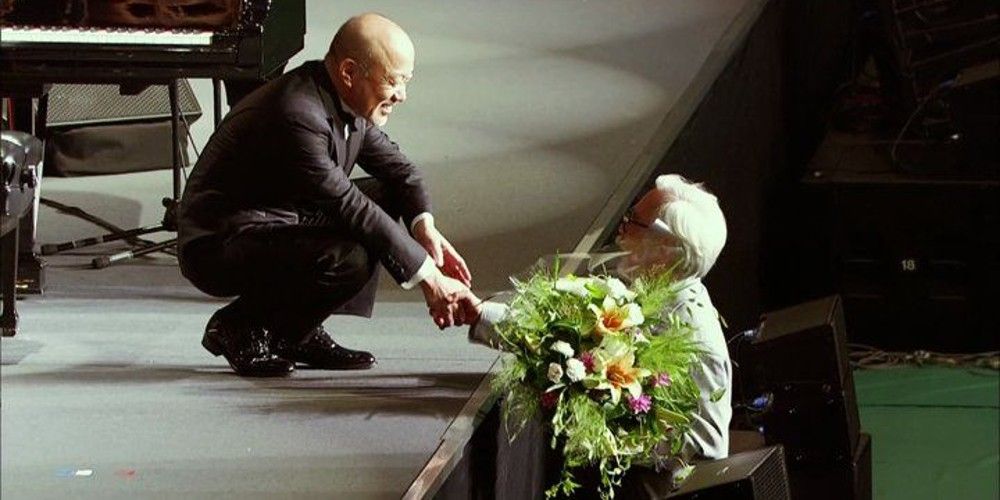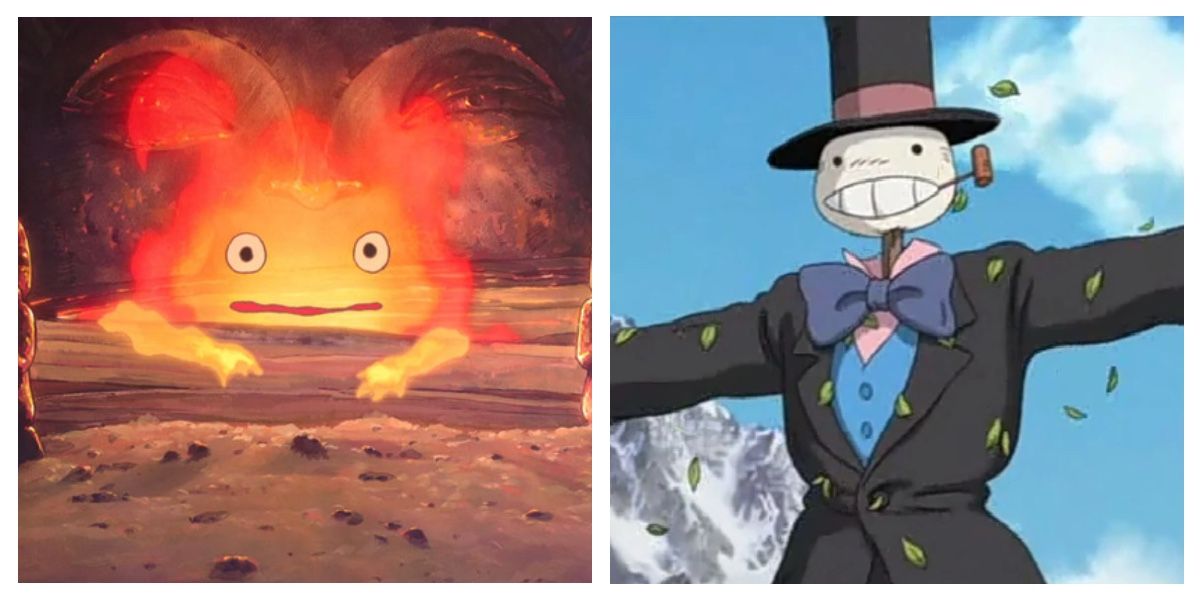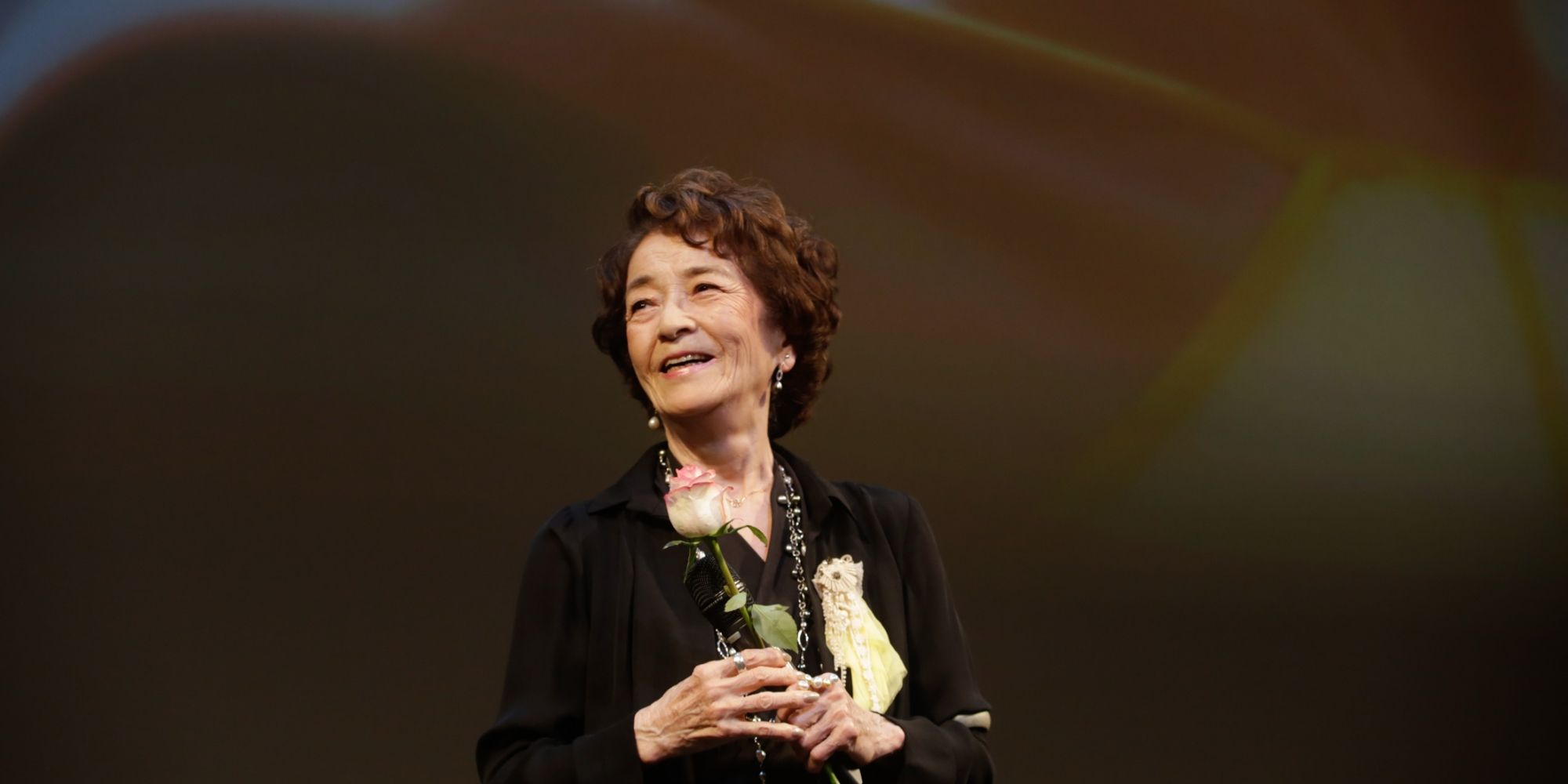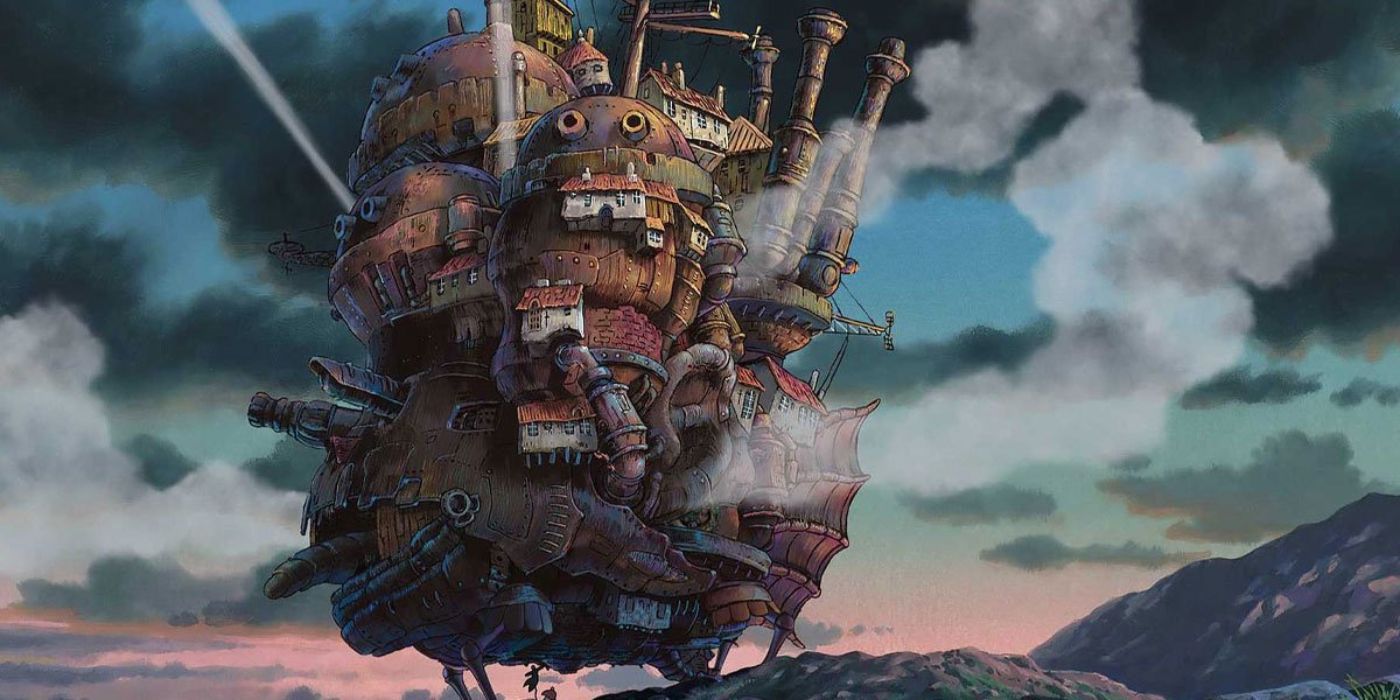In the enchanting canon of Studio Ghibli films, Howl’s Moving Castle stands out as a beloved release that continues to captivate audiences of all ages with its rich fantasy world. While critical reception was mixed, Hayao Miyazaki's adaptation of Diana Wynne Jones' novel of the same name brings his signature style and tropes to the fore with a fresh style and reinvigorated intention. Exploring familiar themes of war and conflicted senses of self, the film's lush animation, memorable characters, and iconic score cement its status as a steadfast favorite.
While many fans are well-versed in the magical tale of Sophie and Howl, beyond its imaginative story lies a cache of interesting details and trivia waiting to be uncovered. From the intricate origins of its being directed by Hayao Miyazaki to the differences between the Howl’s Moving Castle book and the film, each new detail only deepens the film’s mystique.
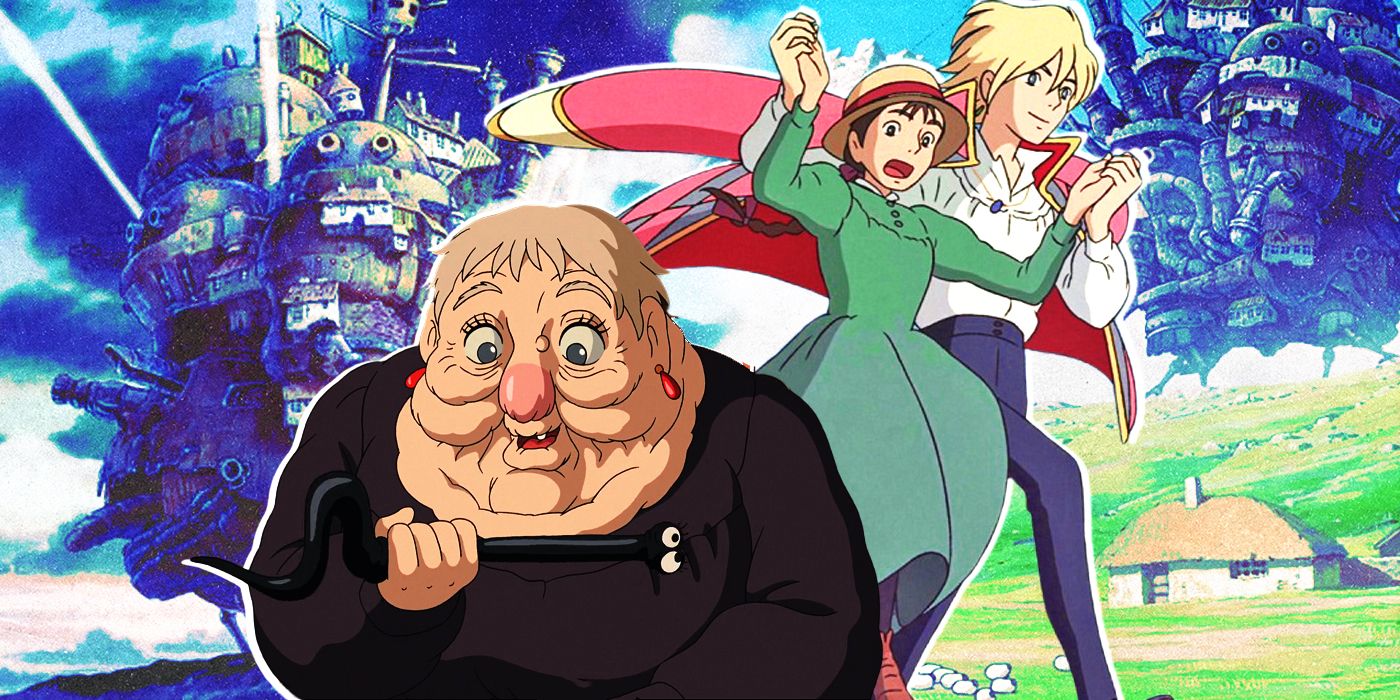
10 Things That Don't Make Sense About Howl's Moving Castle
Howl's Moving Castle is a classic Ghibli film filled with magic & wonder. However, some aspects of the film were quite questionable.10 The Cowl and the Howl
When the then soon-to-be Batman actor and Miyazaki fan Christian Bale heard the film was casting the English dub, he lobbied to play any role the legendary filmmaker would let him. Having fallen in love with Studio Ghibli after seeing Spirited Away, he considered lending his talents to Miyazaki’s work a privilege.
Much to his surprise and delight, Bale was cast as the film's title character, Howl, the first in a wave of many title character turns to come for the Welsch actor. Turns out Miyazaki dubs and Batman movies sharing actors is also a recurring theme, with Mark Hamill and Michael Keaton each having Miyazaki voice roles to their credit.
9 The Three Voices of Sophie
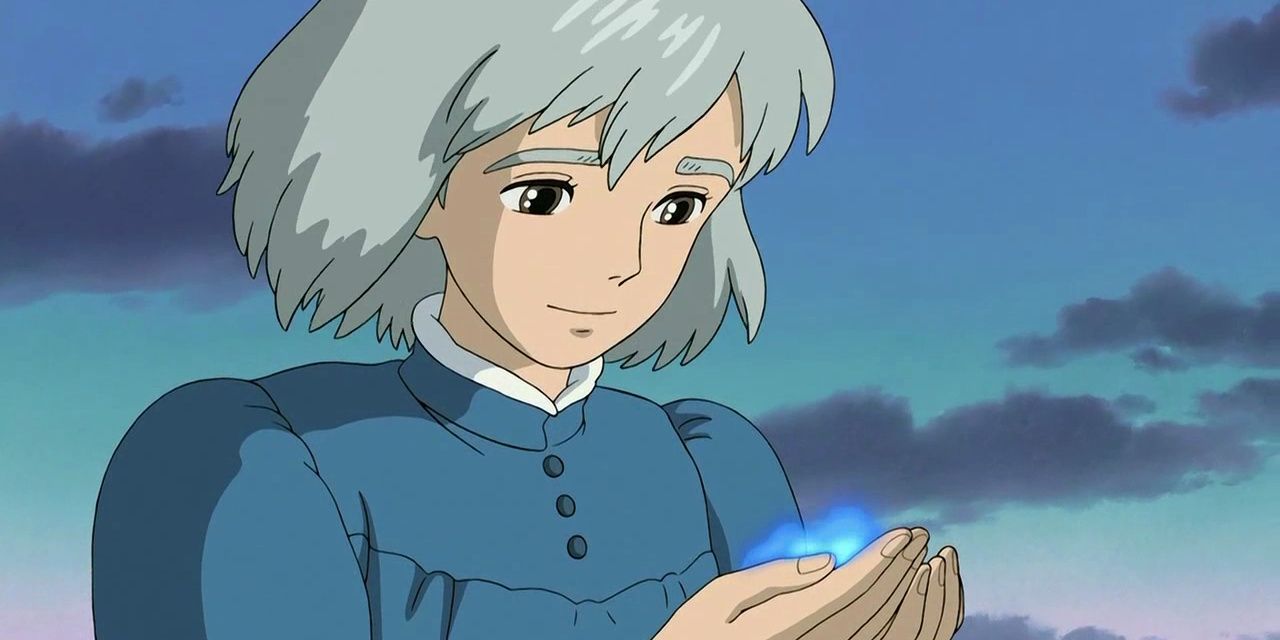
Howl's Moving Castle: Could Sophie Have Broken Her Curse Early On?
While it was difficult for Sophie to break the Witch of the Waste's spell, one small factor could have lifted it sooner.In Howl’s Moving Castle’s original subtitled release, Sophie is voiced by award-winning Japanese actress Chieko Baisho. At the time of production, Baisho was in her 60s and lent her talents to Sophie as an elegant young lady, in her cursed elderly form, and everywhere in between.
Despite receiving one of Hayao Miyazaki’s better dubs, Chieko Baisho remained the only person to hold the distinction of playing the role of Sophie in its entirety. In the English dub, Christian Bale acts across from two separate actresses, Emily Mortimer playing the younger version of Sophie and the older version being played by Jean Simmons. While the decision accentuates the physical change Sophie underwent, it could be argued the same actress being used in the sub highlights Sophie’s curse affecting appearance only, and that she is otherwise her true self.
8 Sophie Was Once Super-Powered
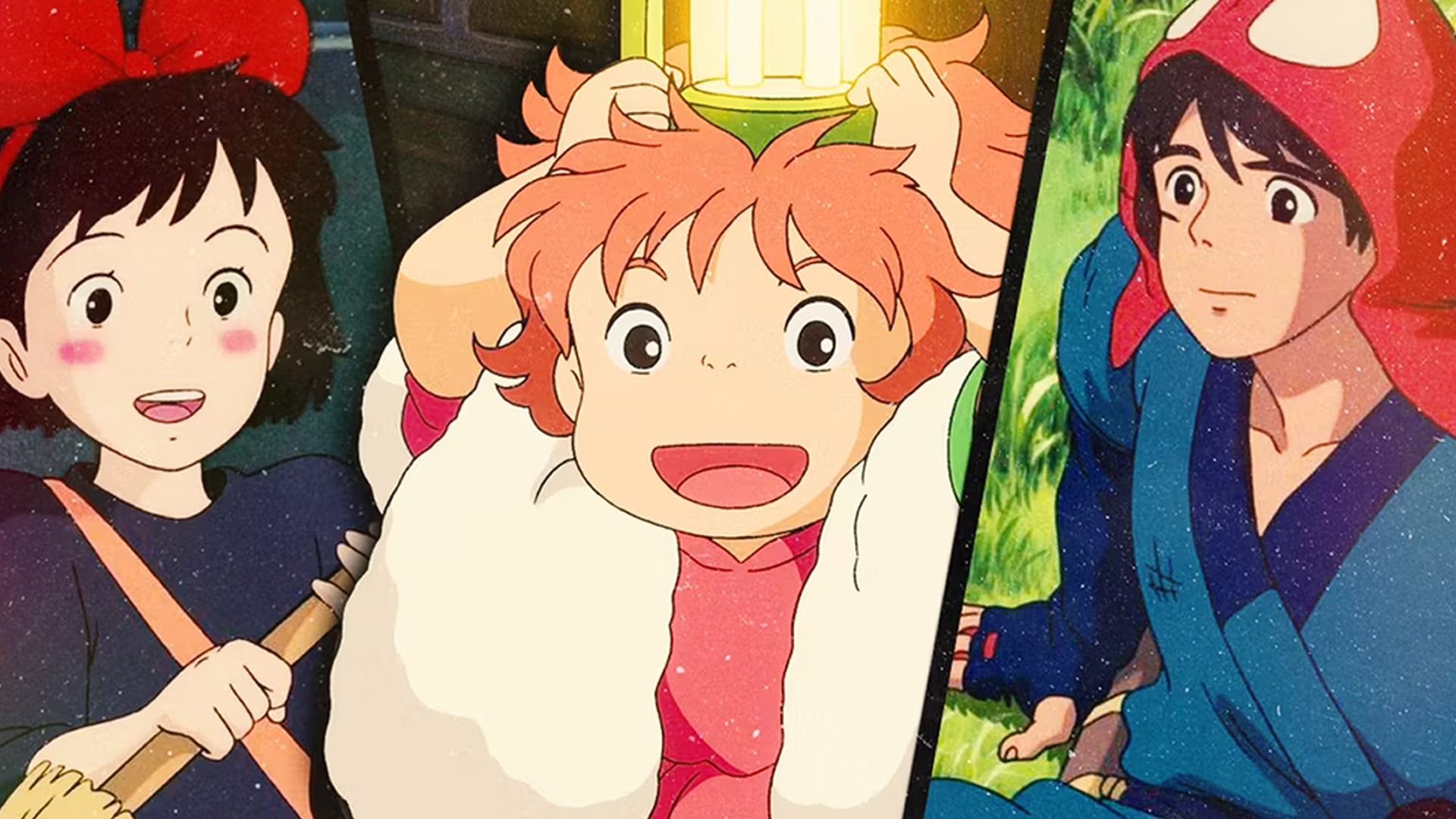
10 Strongest Studio Ghibli Protagonists, Ranked
Studio Ghibli has no shortage of powerful protagonists for audiences to admire and believe in, like the tenacious witch Kiki.Most know Howl’s Moving Castle was based on a book, but those who haven’t read the novel that inspired the Studio Ghibli hit might be unaware that its heroine, Sophie, has magical abilities. One in a coven of three sisters, Sophie is a formidable opponent for the Witch of the Waste in her own right. The film, however, depicts Sophie as a mortal pacifist and, while Sophie is certainly affected by magic, she is not empowered by any either. Instead, she is an audience surrogate, immersed in the throes of Howl’s magical world.
Sophie’s magic isn’t her only change from book to film. Sophie is also one of three sisters in the novel, wields her very own fire demon, and holds the reign as the plot’s main character with more consistency than Miyazaki’s beloved 2004 classic.
7 No Author Input / Changes
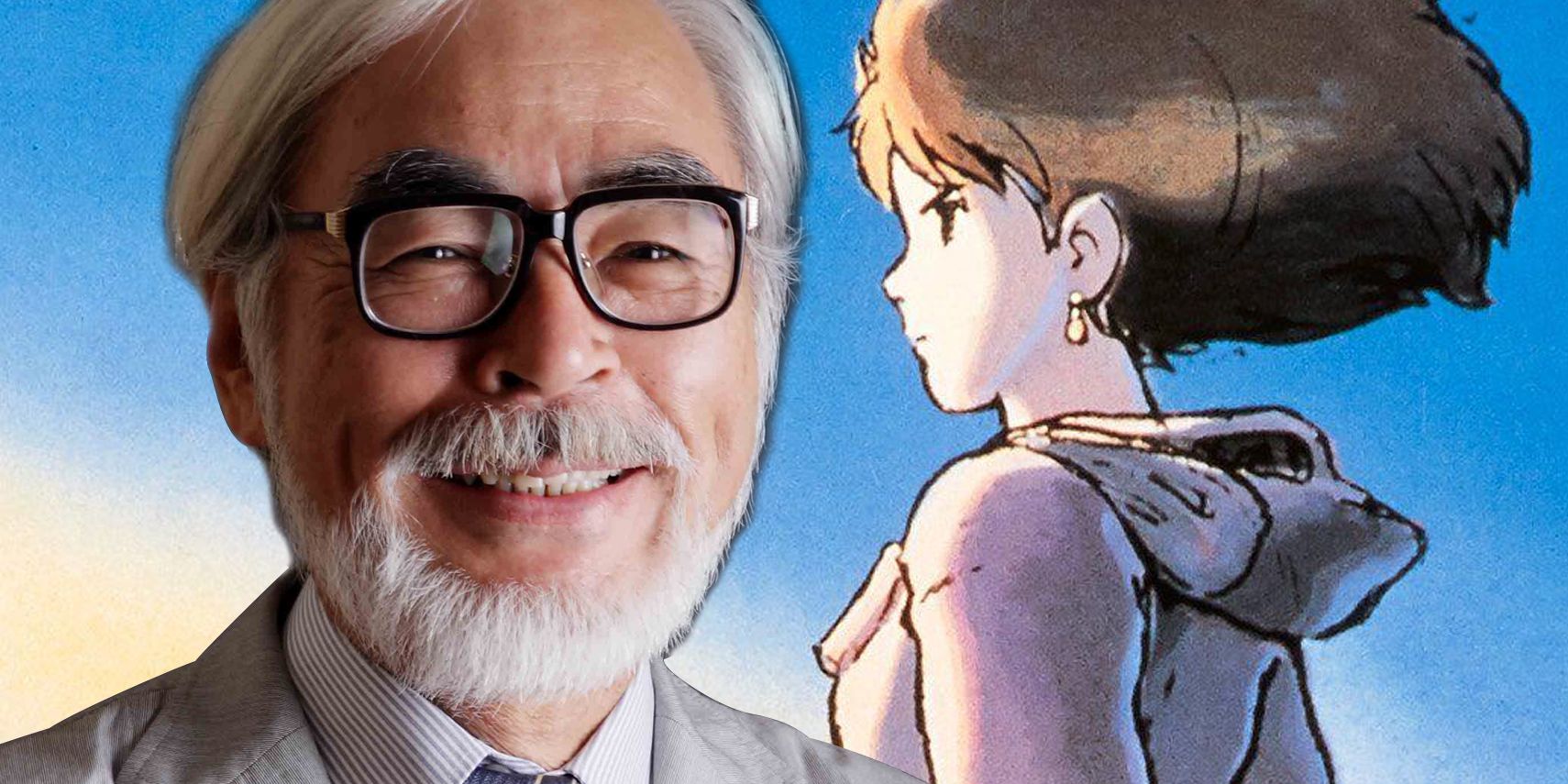
10 Manga Creators Who Had No Involvement In The Anime Adaptation
Live-action anime adaptations are contentious as best, but even anime adaptations aren't safe from behind-the-scenes meddling and poor decisions.Prolific fiction writer Dianna Wynne Jones wrote the 1986 Howl’s Moving Castle fantasy novel that inspired the film. While both are well-reviewed, the film makes several changes to the source material in its loose adaptation. Key changes include omitting Sophie’s sister; Howl’s titular castle being a literal; traditional full-property castle, and the looming threats of war being heightened in Miyazaki’s version compared to the novel. Also of note, Howl’s Moving Castle is the first of a trilogy by Jones, who has over 100 works to her credit.
Jone admits having only discussed the film with Studio Ghibli representatives when licensing the story but being a non-factor in Miyazaki’s film. She’s quoted saying “It’s fantastic…It’s likely to be very different, but that’s as it should be.” Once wrapped, the reclusive creator took it upon himself to visit Jones’ native England to give her a special private viewing of the film.
6 Worthy of a Museum
While Hayao Miyazaki fans and Studio Ghibli fans at large would be glad to tell you about his masterworks’ place in high-art conversations, they might not know that Miyazaki-inspired art has already found itself in an internationally renowned museum. Two of the five Miyzaki film-inspired tapestries being made as part of a multi-year Studio Ghibli-themed project at the Aubusson International Tapestry Museum are dedicated to Howl’s Moving Castle.
While fans still wait with bated breath for the second Howl-themed offering, the first Howl’s Moving Castle piece, titled Le Chateau ambulant, was revealed in April 2023. The museum released a video about the tapestry’s production and a live stream of its official reveal for fans to enjoy. The tapestry is gargantuan in size and joins Spirited Away and Princess Mononoke tapestries in a hall dedicated to the project.
5 Score Performed by the New Japan Philharmonic
The New Japan Philharmonic was founded in 1972 — 13 years ahead of Studio Ghibli. The two entities have watched each other rise to cultural prominence in Japan, eventually becoming collaborators. Spirited Away marks the orchestra’s first time performing composer Joe Hisaishi’s score, but Howl’s Moving Castle comes quickly after.
They can be heard on other iconic pop culture scores, playing the orchestral arrangements on Kingdom Hearts' original soundtrack, as well as playing the theme on Super Smash Bros. Melee. The New Japan Philharmonic even lent its sound to a surprising American project, The Brave Little Toaster animated film composed by David Newman.
4 The Journey to Breaking the Box Office
Considered to be one of Studio Ghibli’s most commercially successful films, Howl’s Moving Castle first premiered as part of the 61st Venice Film Festival, where it earned awards. Once opened in Japan, Hayao Miyazaki's Howl's Moving Castle shattered box office records, raking in 1.48 billion yen and attracting 1.1 million viewers within only two days of its release.
This marked a 40% increase over the previous record set by Spirited Away, another Miyazaki film. The movie premiered in around 450 theaters nationwide before claiming the title of the highest-grossing film in Japan in 2004.
3 Option B, Miyzaki?
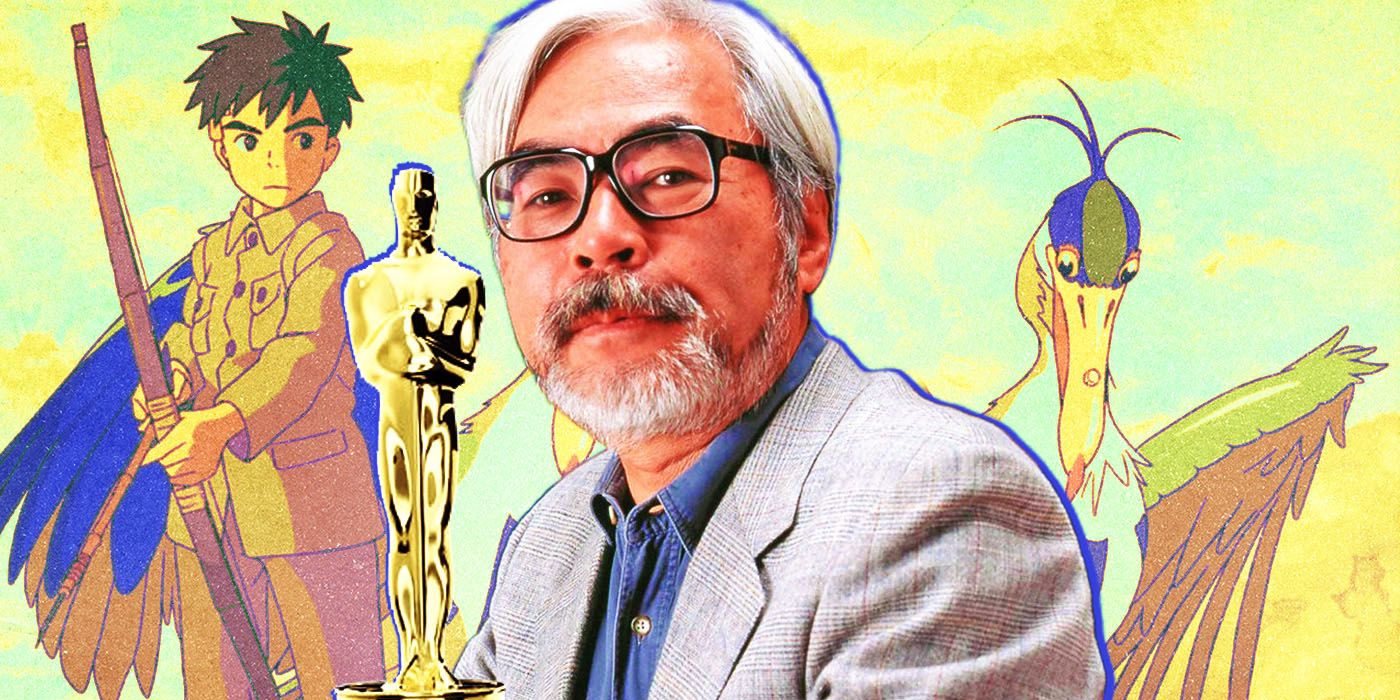
"All That's Left Now Is My Worn-Out Self": Ghibli's Miyazaki Appears on Video for Oscars Message
Studio Ghibli co-founder Hayao Miyazaki reveals relief in a new video at finishing The Boy and the Heron after working on it for seven years straight.While it was still intended to be a Studio Ghibli production, Mamoru Hosoda was the original director attached to Howl’s Moving Castle, not Hayao Miyazaki. Hosoda had been pitching and developing ideas in-house at Ghibli for years before leaving due to creative differences; all of his work up to that point was rejected by the Studio. This unexpected turn paved the way for Miyazaki to ultimately step in to take over the project, having an affection for its original novel already.
Despite its troubled production history, Howl’s Moving Castle remains one of the most beloved films in the Studio Ghibli canon. Howl's Moving Castle stands as a testament to Miyazaki’s craft and his persistent fascination with the world of Diana Wynne Jones’ novel.
2 Alternative Soundtracks and Sophie Singing
In addition to its original score being performed by the New Japan Philharmonic, Howl's Moving Castle also released two separate soundtrack compendiums offering alternative sounds associated with the film. Not to be outdone by their counterparts in Japan, the Czech Philharmonic lend their talents to the Howl's Moving Castle: Symphony Suite album. Still conducted by Joe Hisaishi, the composer, Symphony Suite features 10 re-arranged and re-orchestrated songs from the original film.
Howl's Moving Castle CD Maxi-Single, an EP released by Studio Ghibli, capitalized on the popularity of "The Merry-Go-Round of Life," Howl Moving Castle's main theme. The album didn't just feature an instrumental of the track; it also featured a remix of "The Promise of the World" from the original soundtrack, this time with lyrics written by renowned Japanese poet Shuntaro Tanikawa and sung by Chieko Baisho, Sophie's Japanese voice actress. Baisho undoubtedly kept busier than her dub-Sophie alternatives, playing both young and old Sophie in addition to singing on the soundtrack.
1 Miyazaki's Unexpected Motivations & Inspirations
Even though he wasn’t the initial director attached to Howl’s Moving Castle, Miyazaki was the driving force behind Studio Ghibli licensing the film. Apparently, Miyazaki was fascinated by Diana Wynne Jones’ novel convention of a roaming castle in the countryside.
"The book never explains how it moves, and that triggered his imagination," Studio Ghibli producer Toshio Suzuki said about the origins of Miyazaki's interest in Howl's Moving Castle. “He wanted to solve that problem…How would it move? It must have legs, and he was obsessed with settling this question.” Once its director, Miyazaki visited Alsace, France, and found inspiration for Ingary’s architecture there.
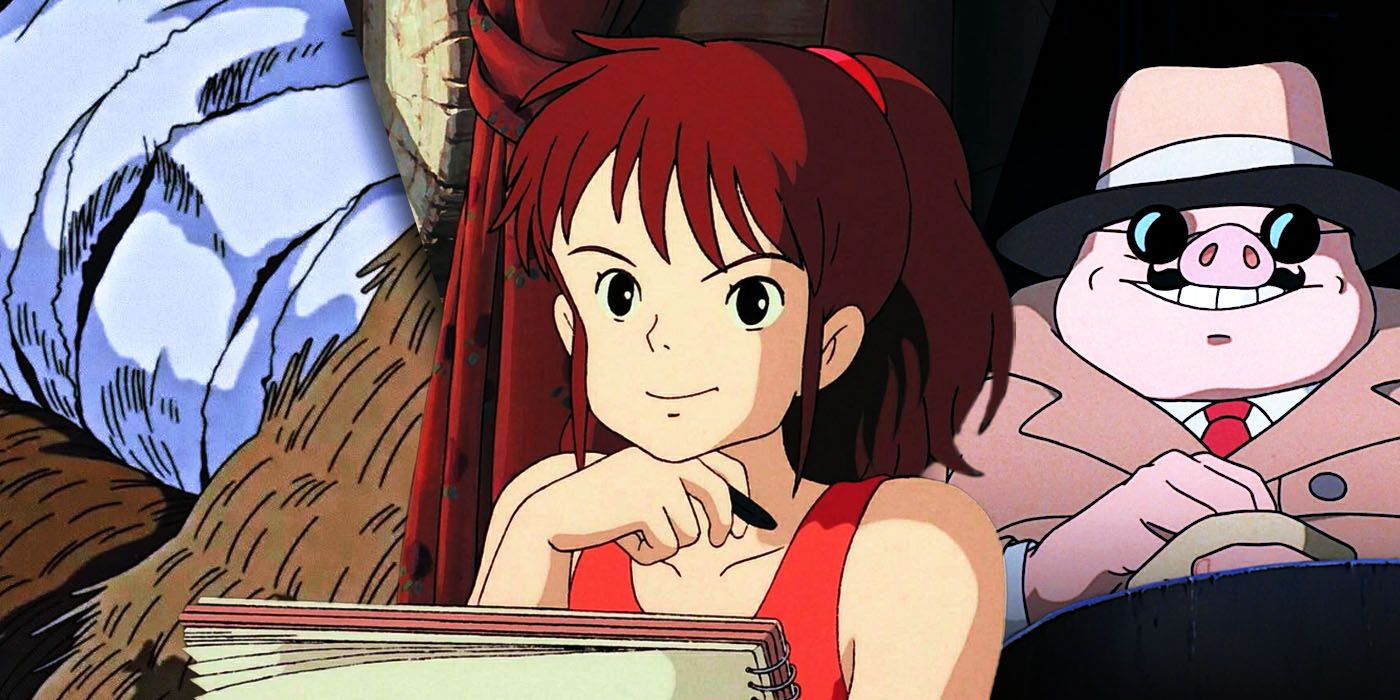
10 Most Inspiring Studio Ghibli Quotes That Lift Fans Spirits
From Hayao Miyazaki classics to underrated anime marvels, these motivational Studio Ghibli movie quotes will uplift fans and newcomers alike.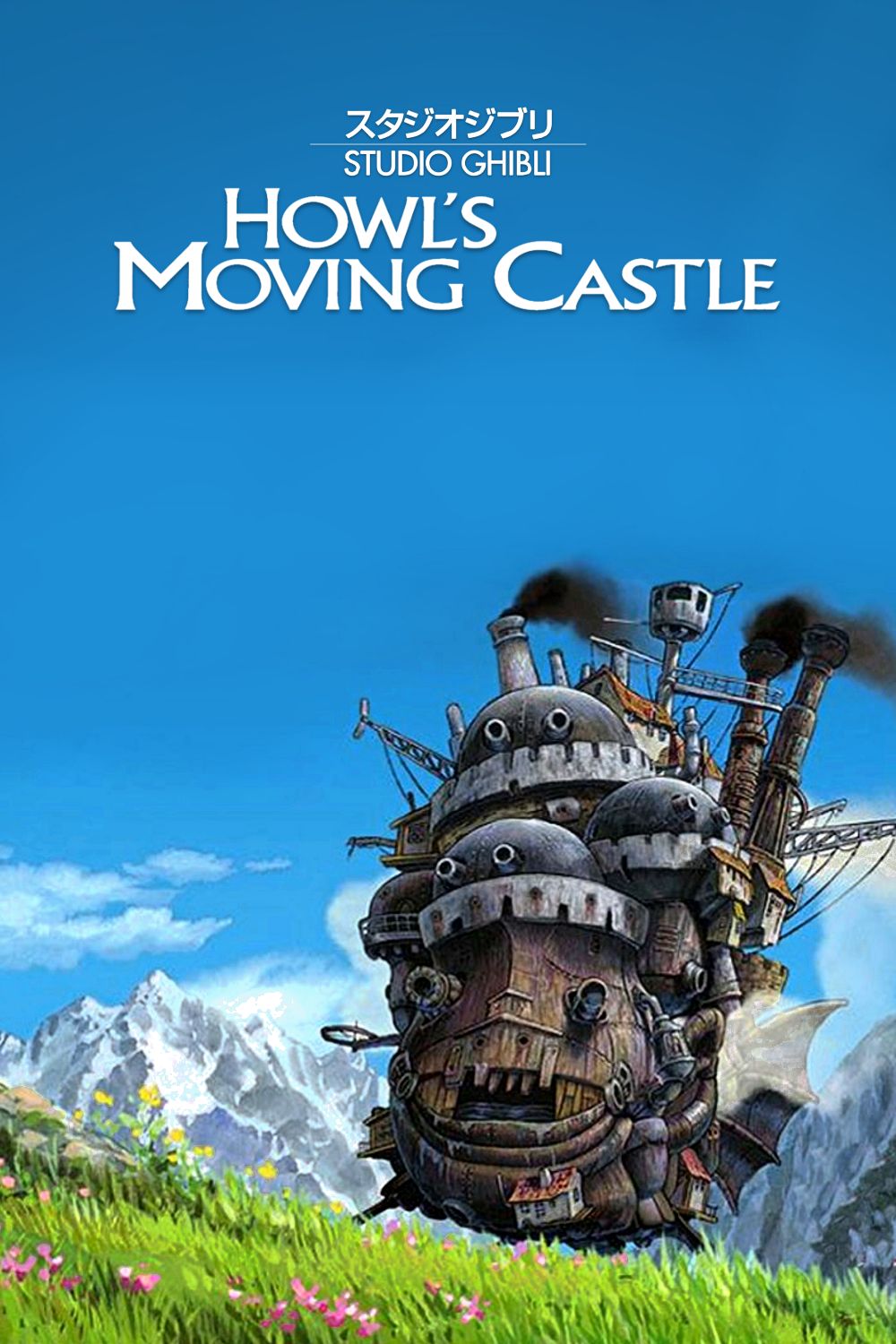
Howl's Moving Castle
When an unconfident young woman is cursed with an old body by a spiteful witch, her only chance of breaking the spell lies with a self-indulgent yet insecure young wizard and his companions in his legged, walking castle.
- Director
- Hayao Miyazaki
- Release Date
- June 17, 2005
- Studio
- Studio Ghibli
- Cast
- Takuya Kimura , Tatsuya Gashûin , Chieko Baisho
- Writers
- Hayao Miyazaki , Diana Wynne Jones
- Runtime
- 1 Hour 59 Minutes
- Main Genre
- Animation
- Production Company
- Buena Vista Home Entertainment, DENTSU Music And Entertainment, Mitsubishi.

